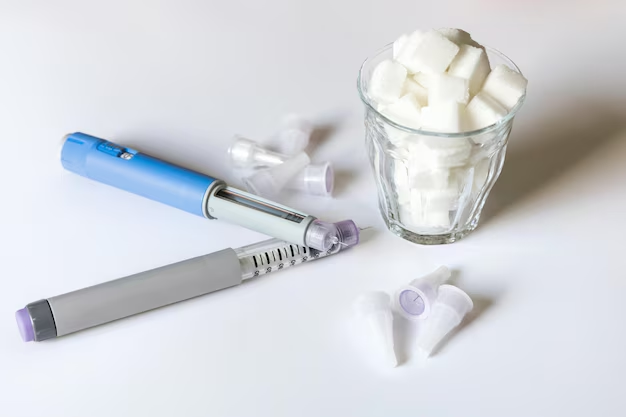Understanding Daily Sugar Limits for Diabetics: What You Need to Know
Navigating the world of dietary restrictions can be overwhelming, especially for diabetics who must carefully monitor their sugar intake. The question, "How much sugar can a diabetic eat a day?", is central to managing this condition effectively. While the answer varies based on individual health metrics, there are general guidelines and strategies that can help.
Daily Sugar Intake: Key Considerations
The primary consideration for diabetics regarding sugar intake is how it affects blood glucose levels. Rather than focusing solely on sugar, diabetics should monitor their intake of total carbohydrates, as these have a greater impact on blood glucose. Experts often recommend that diabetics aim to consume around 45-60% of their total daily calories from carbohydrates, with sugars being a modest portion of this.
A registered dietitian or a healthcare provider can give personalized advice, but the American Diabetes Association suggests that maximum sugar intake for most adults is 9 teaspoons (36 grams) per day for men and 6 teaspoons (25 grams) per day for women. These are general guidelines that can vary based on individual health conditions and activity levels.
Balancing and Tracking Carbohydrates
Understanding carbohydrate counting is crucial for diabetics. By balancing carbohydrate intake with insulin and other medication, diabetics can maintain more stable blood sugar levels. Here are some tips:
- Choose complex carbs: Opt for whole grains, vegetables, and legumes.
- Monitor portion sizes: Use measuring cups or a kitchen scale.
- Be mindful of "hidden sugars": Check labels on processed foods.
- Keep a food diary: Track what you eat to identify patterns.
It's important to remember that managing diabetes is not just about limiting sugar but also achieving a balanced and nutrient-rich diet to support overall health.
Financial Support for Diabetic Care
Access to proper healthcare and nutritional resources is vital for effective diabetes management. However, the cost can be burdensome. Here are some potential financial support options for those managing diabetes:
- Medicaid and Medicare: These government programs offer assistance with diabetes-related supplies, medication, and education.
- Supplemental Nutrition Assistance Program (SNAP): Provides financial aid to purchase healthy foods.
- Diabetes Self-Management Education and Support (DSMES) Services: Often covered by insurance including Medicaid and Medicare, offering guidance and resources.
- Patient Assistance Programs: Offered by pharmaceutical companies to provide free or discounted medicines.
- Nonprofit Organizations: Such as the American Diabetes Association, often have resources and support programs.
Whether you're managing diabetes or supporting someone who is, staying informed and utilizing available resources can make a significant difference. Although navigating the complexities of diabetes management isn't easy, the right strategies and financial support can empower individuals to lead healthier lives.
Financial Assistance and Resources for Diabetics 💸
- Medicaid/Medicare: Covers diabetes education and supplies.
- SNAP: Assistance for buying nutritious food.
- DSMES Services: Education and support covered by many insurances.
- Patient Assistance Programs: Free/discounted medications.
- Nonprofits: Resources from organizations like the ADA.
